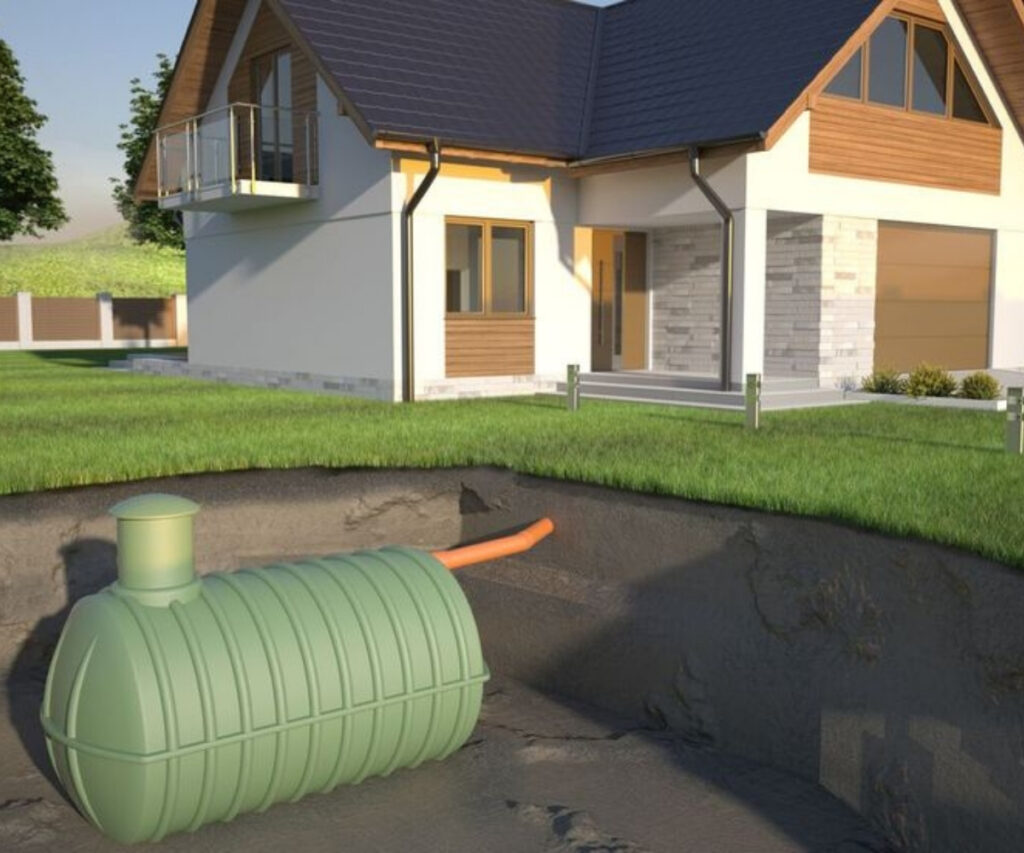Foundation Types and Their Importance in Residential Construction | Alakar Tirupathi Builders
Foundation Types and Their Importance in Residential Construction A strong and stable foundation is the backbone of every successful residential construction project. It supports the entire structure, ensuring durability, safety, and longevity. At Alakar Tirupathi Builders, we believe that the quality of any home begins beneath the surface — with a well-designed foundation that perfectly suits the site conditions and structural requirements. Understanding the Role of Foundations The foundation serves as the base that transfers the building’s load to the soil beneath. It prevents structural settlement, resists environmental factors like moisture and temperature changes, and maintains the balance of the structure throughout its life. A properly constructed foundation ensures that your home remains safe, crack-free, and stable for decades. Types of Foundations in Residential Construction Depending on the soil type, load of the building, and environmental conditions, foundations are broadly classified into two main categories — shallow foundations and deep foundations. 1. Shallow Foundations Shallow foundations are used where the load of the building can be supported by the soil near the surface. They are economical and suitable for small to medium residential structures. Types of Shallow Foundations: Isolated Footing:Commonly used for individual columns, this type supports light loads and is easy to construct. Combined Footing:When two or more columns are close together, a combined footing distributes the load evenly. Raft or Mat Foundation:Ideal for weaker soils, this foundation covers the entire area under the building and supports heavy loads uniformly. Advantages: Cost-effective and simple to construct Requires less excavation Suitable for low-rise buildings 2. Deep Foundations Deep foundations are used when the surface soil cannot bear the structural load and stronger strata lie deep below the surface. Types of Deep Foundations: Pile Foundation:Cylindrical columns (piles) transfer loads to deeper, stronger soil layers. Perfect for high-rise or waterlogged areas. Pier Foundation:Supports structures in locations with uneven ground or heavy concentrated loads. Caisson (Well) Foundation:Typically used for bridges or heavy buildings, it provides strong stability under challenging conditions. Advantages: Provides excellent load-bearing capacity Suitable for poor soil conditions Minimizes settlement issues Choosing the Right Foundation Selecting the correct foundation type depends on several factors such as: Soil condition and bearing capacity Type and height of the building Load distribution Local climate and water table level At Alakar Tirupathi Builders, our team of engineers and architects conducts thorough soil testing and load analysis before recommending the most suitable foundation for each project. This ensures long-term structural integrity and peace of mind for our clients. Importance of a Strong Foundation A strong foundation is more than just a base — it is a promise of safety, stability, and sustainability. The benefits include: Prevents structural failure and cracks Ensures durability against natural forces Enhances the property’s lifespan Improves the overall value of the building Conclusion In residential construction, the foundation is not just the first step — it’s the most critical one. Choosing the right foundation type lays the groundwork for a safe and lasting home. With Alakar Tirupathi Builders, you can rest assured that every project begins with strength, precision, and trust built deep into the ground.











